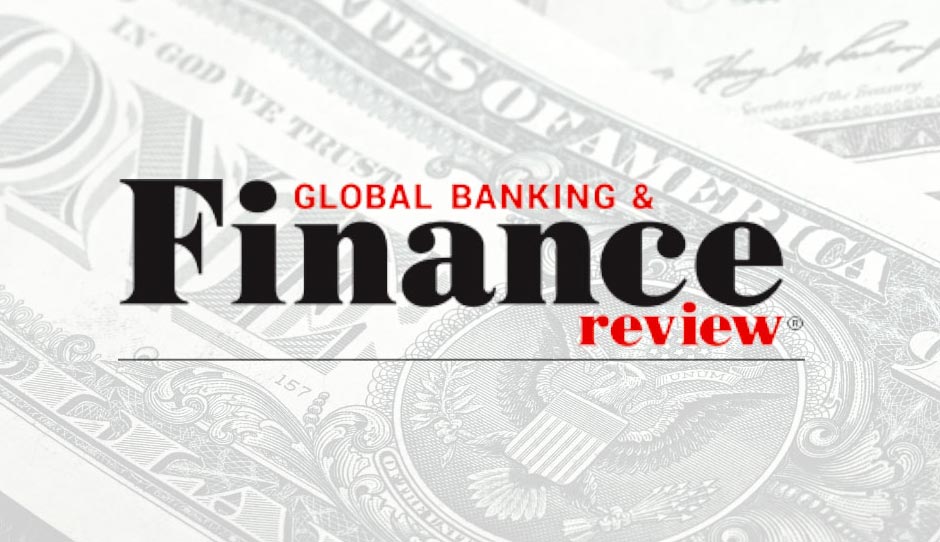Banking
Challenge banks vs disruptors – who is loved more

By Savanta
Five years ago, if you posed the question: ‘do you love your bank?’, it would have most certainly generated a bemused look and perhaps some confused laughter. How do you ‘love’ something as mundane as a bank?
The relationships held between customers and high street banks have traditionally been cold and functional – many coloured by a gnawing resentment of excessive fees, overdrafts, branch closures and international fees – not to mention the financial crisis and multiple bailouts that have been at the forefront of the news for many years.
However, in recent times that has started to change, the options available for banking and financial services have shifted significantly. Whilst we can’t sit here and say that we walk in the Elysium fields of personal banking services, the arrival of the digital entrants – such as Monzo, Starling and Revolut – has indeed opened up doors many didn’t even realise were there.
It is important though to underline that the technological innovation of these ‘challengers’ is not the sole catalyst driving change within one of the oldest consumer sectors. It is the emphasis upon technology in combination with a truly customer-centric approach that is starting to move the dial.
Such a dual approach is delivering an enhanced, empowering experience, whilst also bringing greater customer value. A classic win-win.
The app-based challengers have brought new product features to the market (or, indeed, existing ones – but executed much better) wrapped within interfaces that ensure far greater self-serve facility, flexibility and control of your money. All fundamental in the context of a modern, fast-paced lifestyle of which many of us can relate.
The Monzo, Starling and Revolut propositions have all been hitched to salient and recognisable brand assets, helping further catapult the respective offerings into an ever wider social consciousness. While these new names might not yet have been successful in winning a significant share of primary banking accounts, they are clearly having an impact. Awareness for these challenger banks rose double-digits between January 2019 – December 2019 and trust increasing by more than 10% for Revolut. For these challengers, further growth potential in the future looks bright.
What about love though? Impressively, levels of top-box affinity (love) for challenger banks are already mostly in excess of the Big Four – emphasising the greater closeness of customer connections.

Not only are the challenger banks offering new benefits to consumers, their fresh branding with bright colours and unique names set them apart from the traditional high street banks.
Are other financial institutions feeling the love?
Whilst challenger banks aren’t the only entities feeling the warm glow of affection within the Financial Services space, they tend to be the most loved. Given, as previously mentioned, they are removing consumer friction and injecting a little excitement and – dare we say it – ‘delight’ back into the category.
The aggregators, or price comparison sites, also have a degree of consumer connectedness despite the fairly homogenous, cross-category product portfolios. Partly, because these platforms are viewed, from a consumer perspective, to be saving them money; partly, due to the clever, layered, brand personas constructed around the core propositions. Compare The Market, of course, standing out (with 10% brand love); towering above a number of well-known general insurance names, including Direct Line (5%) Legal & General (4%) and More Than (2%).

With Lemonade, the peer-to-peer provider, starting to makes waves across the Atlantic – disrupting the US property insurance market; how much longer before others look to do the same in the UK, employing a customer-first, tech-driven, approach?
So, whilst love won’t conquer all, it should be fundamental to the orientation of any brand or business, be that financial services or beyond.

-
Top Stories3 days ago
After VW plant victory, UAW sets its sights on Mercedes in Alabama
-
Business3 days ago
Mike Bahun and Fundraising University Make a Lasting Impact on Sports Programs Nationwide
-
Investing3 days ago
Forex Market Trends to Watch Out For in 2024
-
Top Stories3 days ago
Hedge fund borrowing hits five-year peak, Goldman Sachs says








